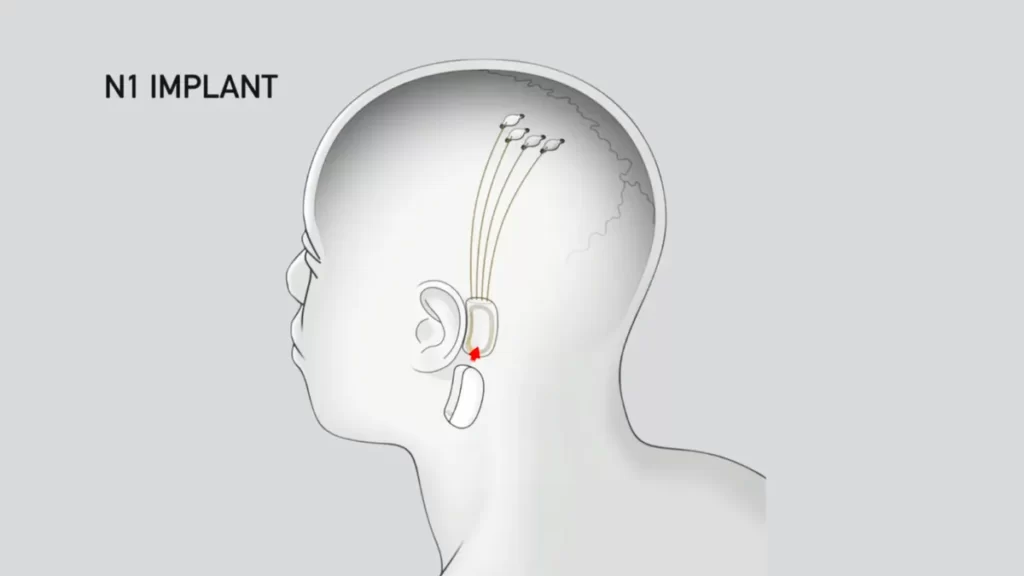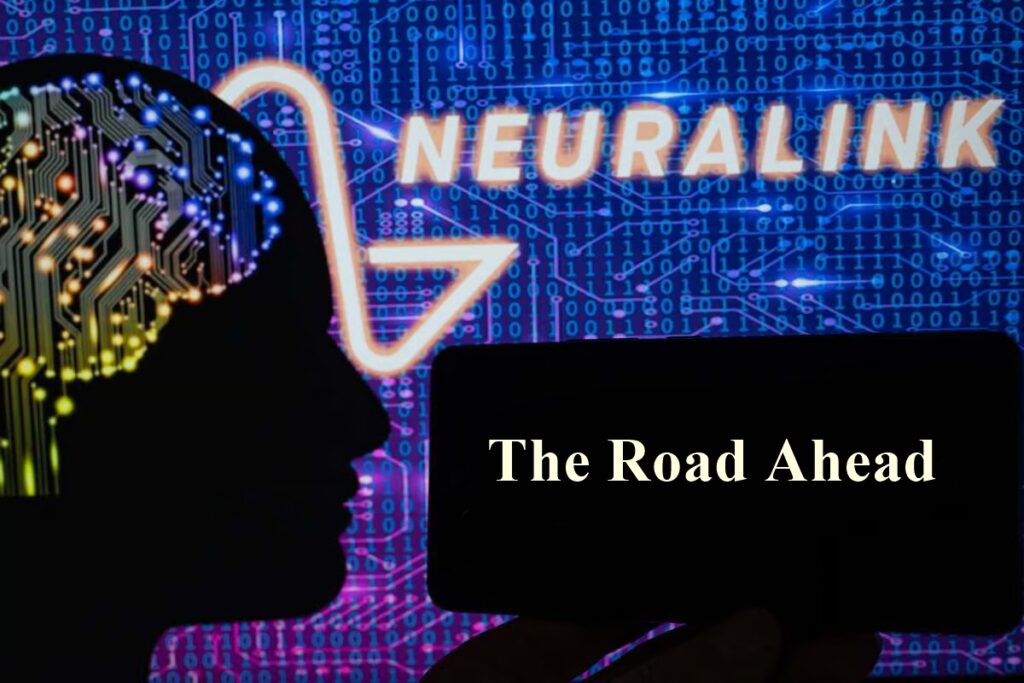Exploring the Ambitions and Realities of Brain-Computer Interfaces
Introduction
Neuralink, the creation of Elon Musk, has captured the imagination and sparked countless questions. The concept of a brain-computer interface (BCI) – a device directly interfacing with our most complex organ – is both interesting and frightening. But what exactly is Neuralink, and what are its true goals? Let’s explore deeper into this fascinating technology. Let us explore its current state, its potential applications, and the ethical considerations that accompany it.
From Threads to Thought: Understanding the N1 Link

Currently, Neuralink’s main project is the N1 Link, a coin-sized implant designed to be surgically embedded in the brain. This seemingly intricate device packs a technological punch:
- 1024 Electrodes: Imagine tiny threads, thinner than a human hair, weaving their way into brain tissue. These threads house the core of the technology – 1024 electrodes capable of recording and stimulating neural activity.
- Surgical Precision: Implanting such delicate threads demands pinpoint accuracy. Neuralink has designed a specialized surgical robot to automate the process, minimizing tissue damage and ensuring precise placement.
- Wireless Communication: Forget wires snaking out of your head! The N1 Link operates wirelessly, transmitting recorded brain signals to an external device for processing and interpretation.
- From Paralysis to Possibility: Current Focus and Early Successes
Neuralink’s initial thrust aims to empower individuals with paralysis, restoring lost communication and control functions. Imagine someone controlling a computer cursor, a robotic limb, or even generating speech just by thinking.
Early Success

The company has seen early success in animal trials. Monkeys equipped with the N1 Link have demonstrated the ability to control robotic arms with their thoughts, offering a glimpse of the potential impact on human patients.
Beyond Rehabilitation: Glimpsing a Futuristic Horizon

While current applications focus on restoring lost abilities, Neuralink’s ambitions extend far beyond. The company envisions a future where:
- Neurological Disorders are Conquered: Imagine treatments for Parkinson’s, epilepsy, and depression, not through medication, but by directly influencing brain activity through the BCI.
- Human Augmentation Takes Flight: The possibilities are mind-boggling – enhanced memory, sharpened focus, accelerated learning, or even direct brain-to-brain communication. Neuralink could fundamentally transform how we interact with information and each other.
A Symphony of Hope and Caution: Ethical Concerns and Unforeseen Consequences

Along with the exciting possibilities, ethical concerns around Neuralink’s technology warrant thoughtful consideration:
- Privacy and Security: The brain holds our most intimate thoughts and memories. How will user data be protected from unauthorized access or manipulation? Are we creating a vulnerability to hacking or even mind control?
- Social Inequality: Could access to this technology exacerbate existing social disparities, creating a new elite with enhanced cognitive abilities? What measures will be taken to ensure equitable access and prevent discrimination?
- Unintended Consequences: Tampering with the brain is a delicate endeavor. What are the potential long-term effects of implanting devices and stimulating neural activity? Are there unforeseen consequences we haven’t yet considered?
The Road Ahead: Balancing Innovation with Responsibility

Neuralink stands at a critical juncture. Its technology holds immense potential, but the path forward necessitates careful navigation. Open dialogue, collaboration, and rigorous ethical guidelines are crucial to ensure this technology benefits humanity without unintended consequences.
Beyond the technical challenges, Neuralink must address public perception and promote trust. Engaging in transparent communication, actively reducing risks, and prioritizing ethical considerations will be key to gathering public support and ensuring this technology serves a positive purpose.
Conclusion
The journey into the mind-machine interface is just beginning. Whether Neuralink’s ambitions materialize or not, the company has sparked a crucial conversation. It is about the future of our brains, our technology, and the very essence of being human. It is a conversation we must continue, with wisdom, responsibility, and the hope of shaping a future where technology empowers rather than isolates.
As this technology evolves, so too will the discussion. It prompts us to consider the ethical and societal implications alongside the scientific advancements.
